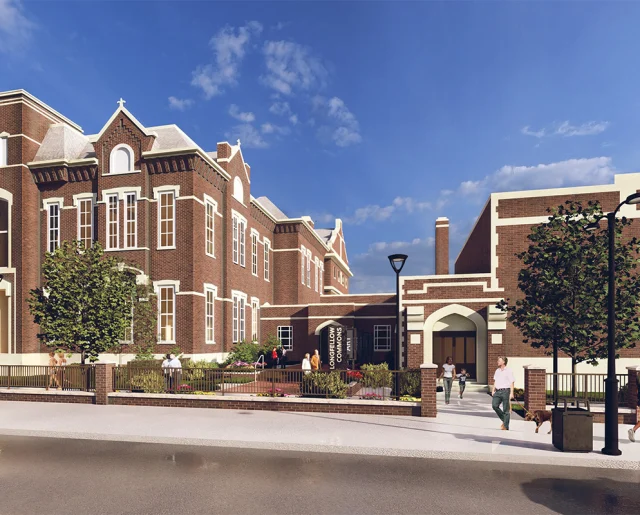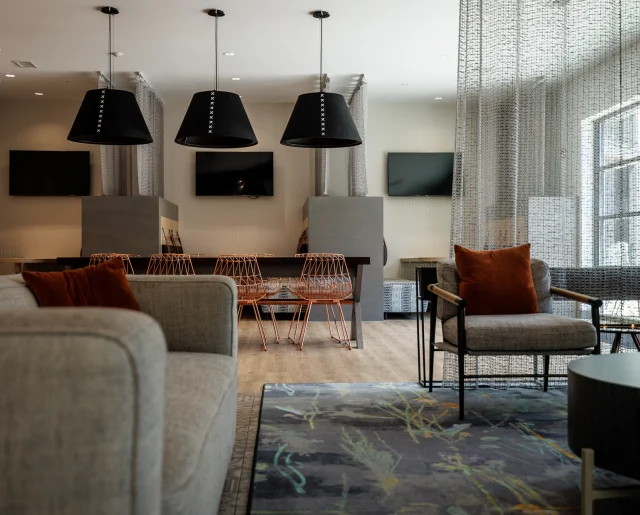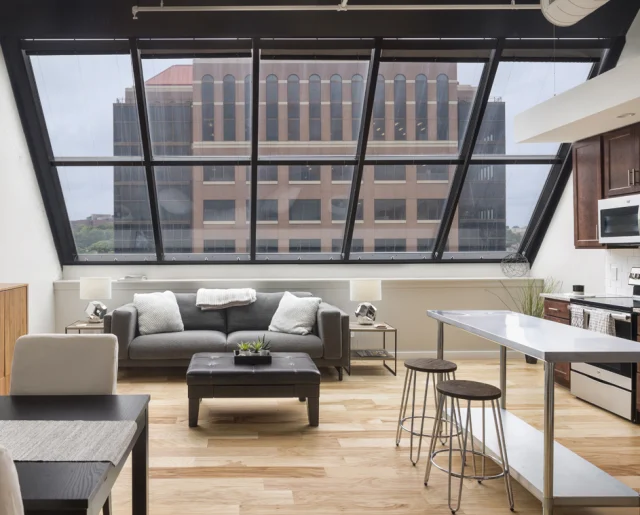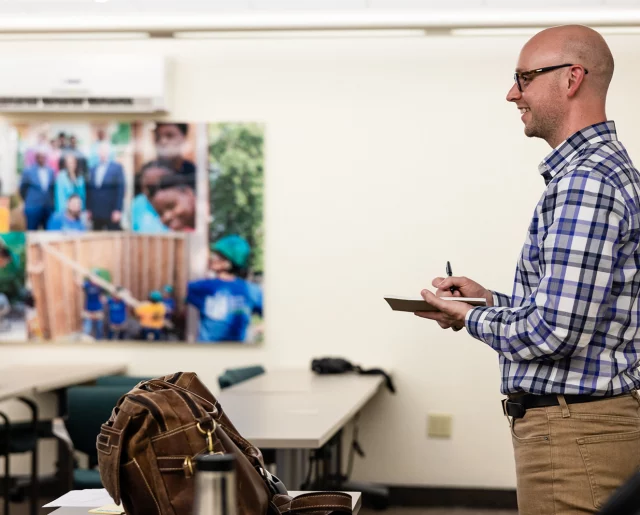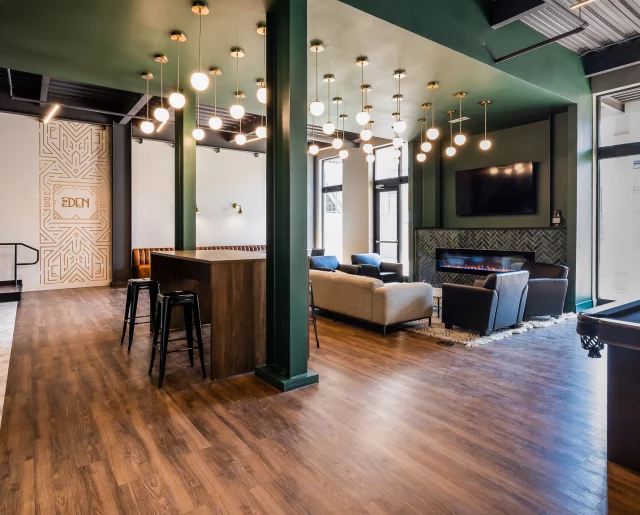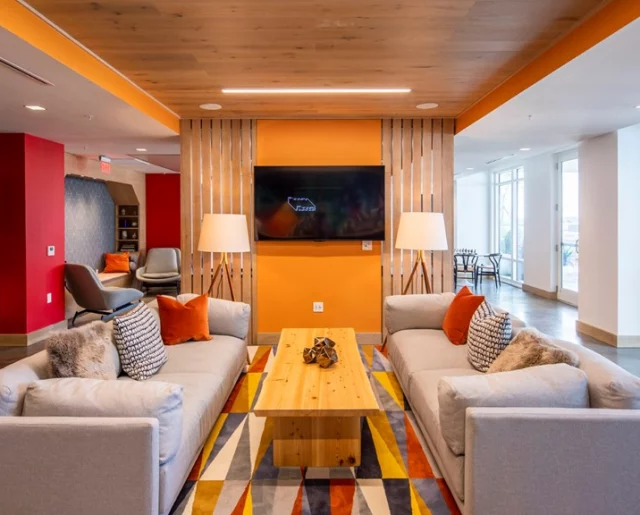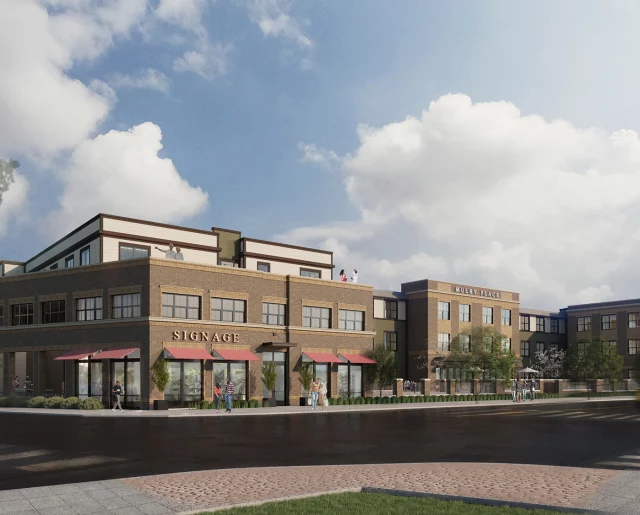Permanent Supportive Housing

Designing for the Dignity of a Human Being in Permanent Supportive Housing, A different form of Low-Income Housing Tax Credit (LIHTC)
Human centered design is one way to uphold human dignity. As the Market Lead + Design Strategist for Affordable Housing specifically, I believe the intentionality behind design choices has the potential to propel individuals to create stronger communities.
One way we can use design for a stronger community, and in turn, a better future is how we deliberately create spaces to assist the individuals in Permanent Supportive Housing up for their individual success.
But first, what qualifies as permanent supportive housing?
Permanent supportive housing is accommodation that assists persons experiencing life challenges like addiction, mental or physical battles, or any circumstances that in turn leave them homeless. These housing accommodations are to uphold the dignity that lives within each human being, while also giving them resources that can aid the resident in taking the next step in the right direction.
Simply stated, Permanent Supporting Housing (PSH), is a very special model of LIHTC that combines housing needs, healthcare, and supportive services for individuals and families to assist them in living more stable lives. The PSH’s are designed to target the homeless or people with highly unstable housing conditions who have experienced various hurdles to housing and are unable to maintain housing stability without supportive services.
When the residents applies to live in a PSH, they are accepted in under their own terms, with no agenda or time limits on how long they could stay, or how long it will take for them to find stabilization, but one thing is for certain, the PSH will provide the services necessary support to address their needs from housing stabilization to their physical and mental healthcare.
The PSH’s will engage in partnerships with Healthcare entities to create programs to support health centers that are interested in establishing or expanding services in permanent supportive housing.
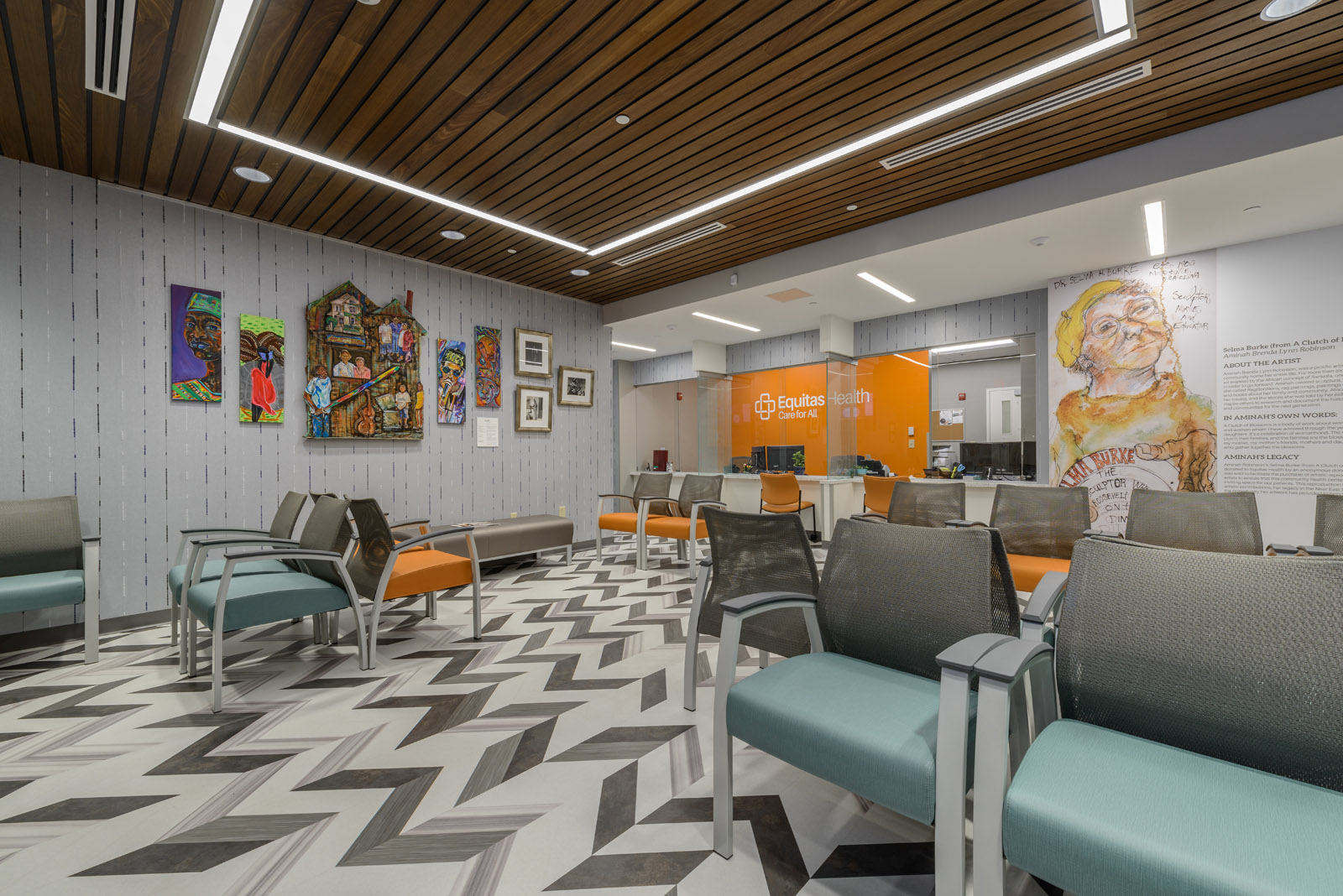
The PSH’s housing model has proven to be a successful program to assist the homeless, to permanently keep the majority of residents who enter the program from ever becoming homeless again. The PSH’s communities have reached a success rate of over 90% in keeping the residents homeless again.
The design of the PSH is based on a model of 80-100 one-bedroom units, with a property manager that lives on-site and maintenance staff members to assist the residents. As part of the design, you are to include administrative offices, and amenities like computer centers for the residents, communal spaces, pantries to assist the residents with basic needs, and other amenities to enhance their needs and quality of living.
The PSH program will assist in stabilizing the residents’ needs, lives, and will assist, through services and a permanent address, allowing the resident’s search for a job his condition will allow it. That said, many residents are receiving disability income, making them unable to work.
The resident will pay 30% of his income for housing, usually about $300.00 per month including utilities.
In my professional opinion here are the design elements and types of spaces that are paramount to incorporate in a Permanent Supportive Housing setting:
Privacy – As these residents move away from their past living conditions, the privacy of their room and own space empowers individuals to take back their dignity.
Natural Light – From a mental health perspective, natural light in communal and private spaces will aid in boosting morale and activating the body’s circadian rhythm, which is responsible for the natural cycle of sleeping and waking.

Computer Room – To address needs, job search and set up administrative things, residents need access to technology that allows them to assert their independence. Having a computer room of sorts, allows not only for access to taking the next step in the right direction, but it also provides a sense of community amongst residents to engage in a shared experience.
Private Offices – Given the circumstances endured by many of the homeless population, it is pivotal that a space allows for private or group counseling sessions to take place.
High Volume Spaces – An important design element is airy rooms and communal spaces. This contributes to the idea of making residents have autonomy over their spaces, while not feeling confined. Also, having rooms that are spacious enough help residents feel comfortable to sharpen their life skills.

Security – For example, hiding the main entryway to respect the privacy and security of the residents.
Overall, human beings hold dignity, and it is our responsibility as designers to use elements that allow residents to feel at a high level of comfort. It is about making a permanent supportive housing environment feel like a home, as they are transitioning to their next life step because housing is a human right.
